LFA-1 activation enriches tumor-specific T cells in a cold tumor model and synergizes with CTLA-4 blockade
- PMID: 35552271
- PMCID: PMC9246385
- DOI: 10.1172/JCI154152
LFA-1 activation enriches tumor-specific T cells in a cold tumor model and synergizes with CTLA-4 blockade
Abstract
The inability of CD8+ effector T cells (Teffs) to reach tumor cells is an important aspect of tumor resistance to cancer immunotherapy. The recruitment of these cells to the tumor microenvironment (TME) is regulated by integrins, a family of adhesion molecules that are expressed on T cells. Here, we show that 7HP349, a small-molecule activator of lymphocyte function-associated antigen-1 (LFA-1) and very late activation antigen-4 (VLA-4) integrin cell-adhesion receptors, facilitated the preferential localization of tumor-specific T cells to the tumor and improved antitumor response. 7HP349 monotherapy had modest effects on anti-programmed death 1-resistant (anti-PD-1-resistant) tumors, whereas combinatorial treatment with anti-cytotoxic T lymphocyte-associated protein 4 (anti-CTLA-4) increased CD8+ Teff intratumoral sequestration and synergized in cooperation with neutrophils in inducing cancer regression. 7HP349 intratumoral CD8+ Teff enrichment activity depended on CXCL12. We analyzed gene expression profiles using RNA from baseline and on treatment tumor samples of 14 melanoma patients. We identified baseline CXCL12 gene expression as possibly improving the likelihood or response to anti-CTLA-4 therapies. Our results provide a proof-of-principle demonstration that LFA-1 activation could convert a T cell-exclusionary TME to a T cell-enriched TME through mechanisms involving cooperation with innate immune cells.
Keywords: Cancer immunotherapy; Therapeutics.
Conflict of interest statement
Figures
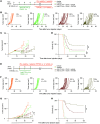

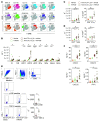
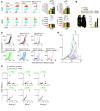
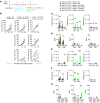
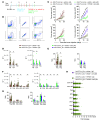


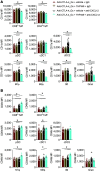
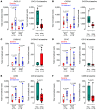

References
Publication types
MeSH terms
Substances
Grants and funding
LinkOut - more resources
Full Text Sources
Medical
Molecular Biology Databases
Research Materials

